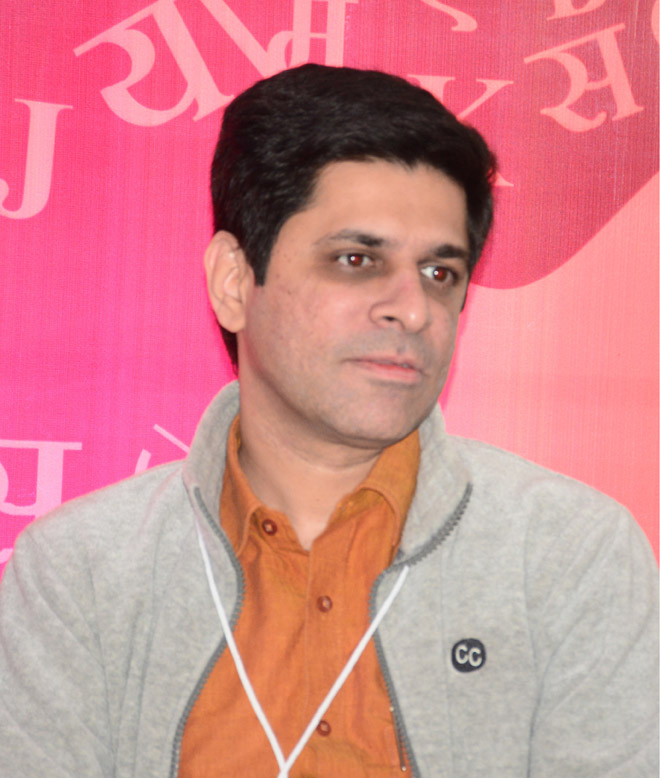Topic
Documentation of History (Fiction/Non - Fiction) is required for the generations to come
Day1
Writing history gets you in the habit of synthesizing large quantities of material. Evidence must be gathered and prioritized. General thesis statements must be fashioned from the evidence at hand. You begin to learn about the general topic upon which you are writing as well as several topics which appear on the peripheries of your topic. Take charge of your efforts to do history. Gain as much confidence as you can.Develop your own historical perspective. Remember, the study of history and the writing of history is not a passive response to the historical past. No, it is much more than that. History involves the active engagement of your life with all life. The pastness of the past is the key to the present.
Day2
Savarkar and Controversy: Are they inseparable?
Various saints and political leaders from Swami Vivekananda to Dayanand Saraswati and Lokmanya Tilak had publicly called for a Hindu revival before Savarkar did. The major difference was that Savarkar defined his idea of a Hindu resurgence in political terms, not religious. He defined the nation as based on the unifying Hinduness of its people. And called as much for a combative spirit as a cohesive one if India was to retain its essence, which in his opinion was its Hindu civilization and Hindu way of life.
The British believed that any staffers belonging to India’s majority community might be sympathetic to political prisoners, most of whom were Hindus, and so only Muslims were tasked with supervising the inmates. To Savarkar these overseers appeared fanatical and overzealous, and not just in their mistreatment of the prisoners. They also converted non-Muslim prisoners to the Islamic faith by way of threats, coercion and inducements. Savarkar described the Pathans, Baluchis and Sindhis as the most fundamentalist of Muslims he met in prison, followed by the Punjabis.
At the very outset, Savarkar made it clear that Hindutva was not the same as Hinduism. It had nothing to do with religion or rituals. The term in English which came closest to the one he was using, he wrote, was perhaps Hinduness. As a principle, Hindutva formed the basis of India’s national character, he maintained, and, to provide greater clarity, offered his own definition of who was a Hindu.
